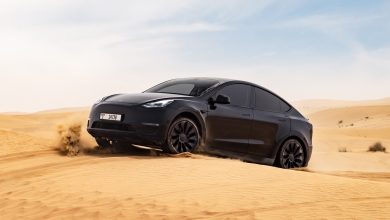European EV Sales More Than Doubled In 2020
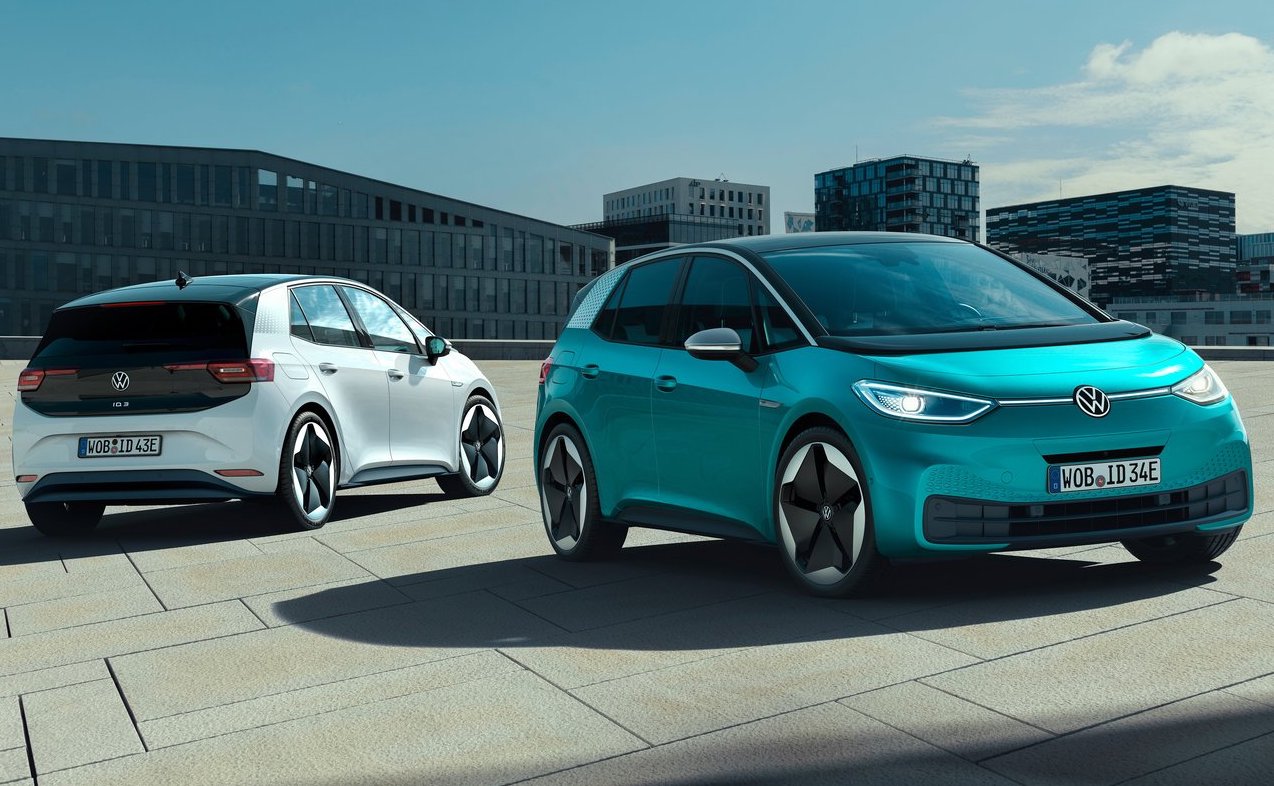
Car sales in general may have been down in 2020, but EV and PHEV sales boomed last year.
It really looks like the age of pure internal combustion is coming to an end, as not only are various countries clamping down hard on pure petrol and/or diesel vehicles with blanket bans to be implemented in the coming years, consumers tastes too have gradually moved towards vehicles with some form of electrified propulsion.
The latter point has been made even more clear with the latest cache of sales data that were recently compiled by JATO. Having compiled data from 23 European markets, 2020 was the year where sales of EV more than doubled in Europe, jumping a staggering 147% compared to 2019 sales figures with sales of 1.42 million units last year.
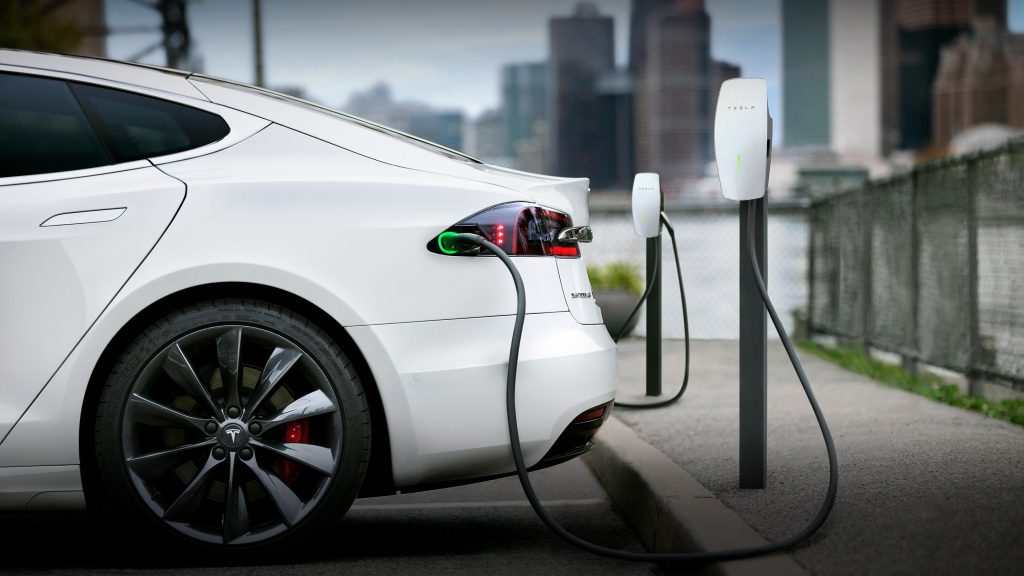
Additionally, this has meant that 12% of all new cars registered in Europe over the last 12 months. A feat made even more impressive considering that new car registrations as a whole has declined in 2020 due to the economic fallout from the Covid-19 pandemic.
Before delving even deeper into the data compiled, it is worth noting that JATO has classified EVs to be pure electric vehicles ‘pure electric vehicles (BEV) and plug-in hybrids (PHEV)’. They have specifically excluded hybrids (HEV) and mild-hybrids (mHEV) due to the fact that these types of hybrid drive still use fuel as its primary source of propulsion.

Anyway, looking at BEV sales over the last 12 months, the Renault Zoe has snatched the crown away from the Tesla Model 3 as the best selling fully electric vehicle of 2020 with nearly 100,000 of these French electric hatchbacks being sold last year. There is also more bad news for the American EV manufacturer, as it saw sales of its smallest EV drop by 9% last year compared to 2019.
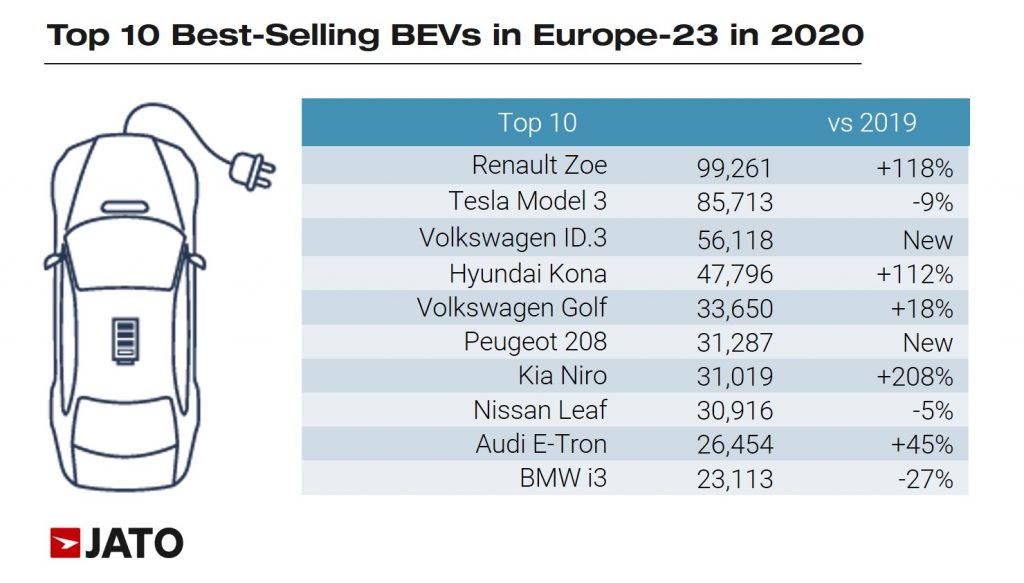
This drop in Tesla sales could possibly be attributed to VW making its first committed entry to the EV marketplace last year with the ID.3. Despite having only started deliveries around the middle of 2020, this third-best selling all-electric car in Europe last year has been flying out of dealerships since then, even managing to be Europe’s best selling car (regardless of propulsion mode) in the month of December.
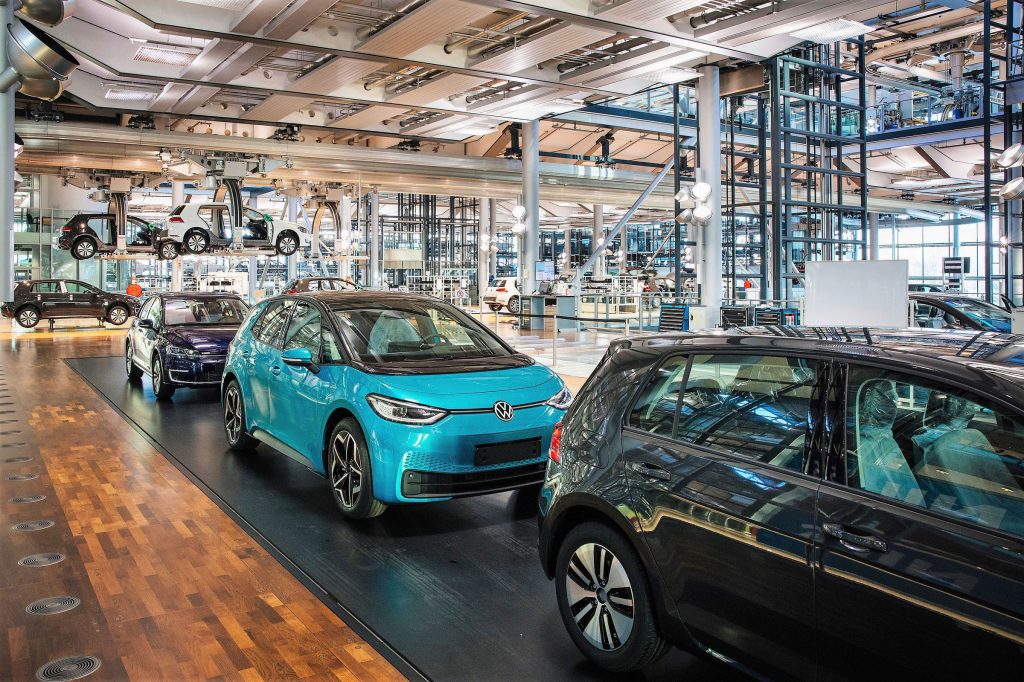
In fact, the Volkswagen Group now produces 1 in every 4 EVs sold in Europe. Though this shouldn’t come as a surprise considering that the Europe’s largest automaker has an impressive portfolio of EVs ranging from cheapo electric city cars like the Seat Mii/Volkswagen Up/Skoda Citigo, to the high-end all-electric GT and super saloons like the Audi e-Tron and the Porsche Taycan.

As for PHEV sales, Mercedes-Benz has toppled Mitsubishi as a leader in this segment for 2020. The newly launched A-Class PHEV has pushed the historically top-selling Outlander PHEV down to second place for the year. The German automaker themselves too have managed to secure a nearly 18% share of the PHEV market over the last year, mainly thanks to equally strong sales PHEV E-Class and SUVs.
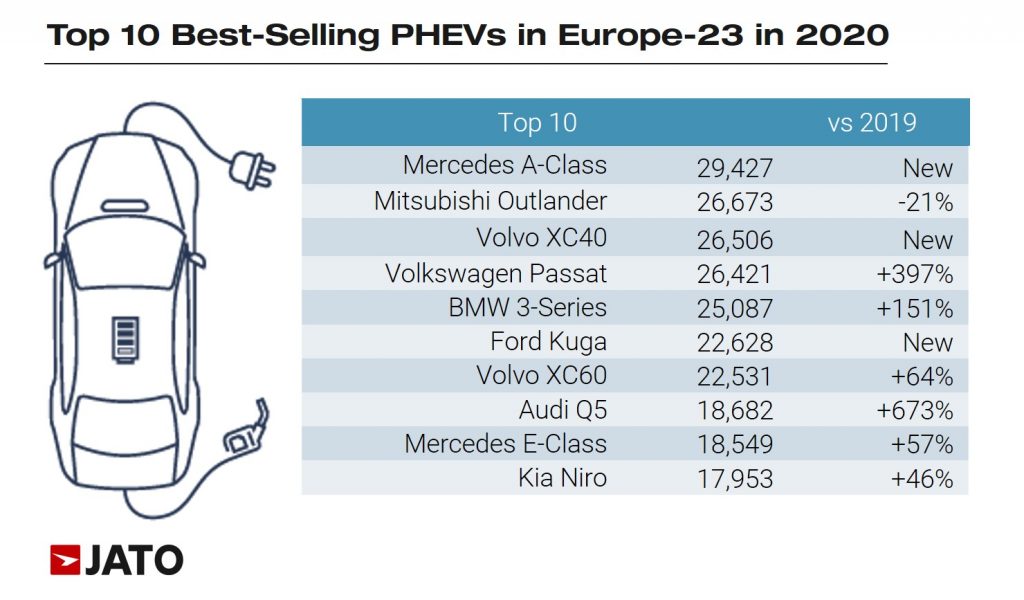
Having said all that however, before electric car enthusiasts get too smug about turning the world into an electrified utopia, seeing as EVs only represent a measly 12% of all new car sales in one of the most progressive continents in the world, it would be reasonable to think that petrol power will still be the dominant fuel for cars for a rather long time coming yet.
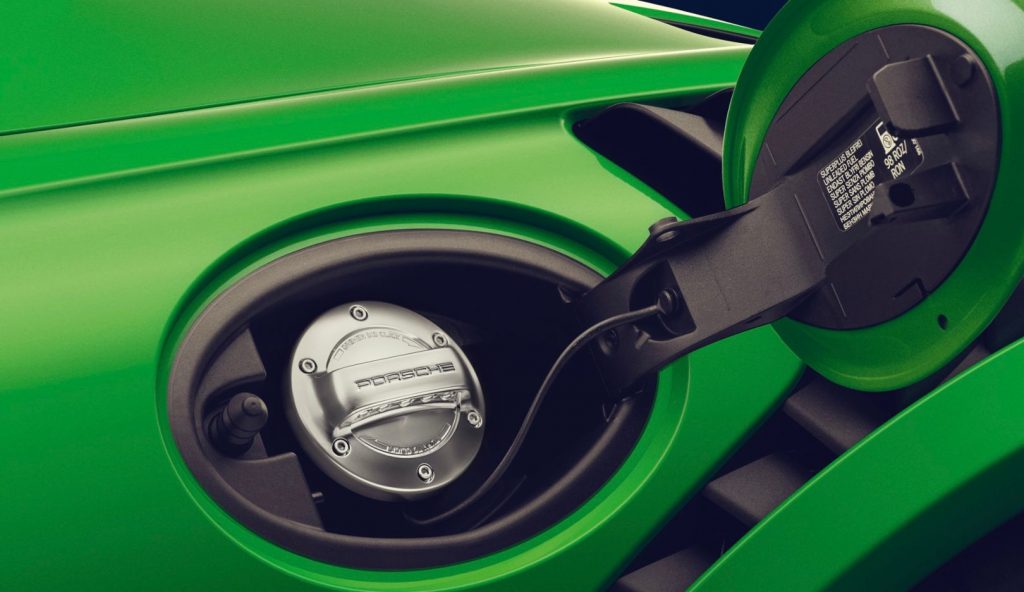
PRESS RELEASE: According to our data for 23 markets, the volume of pure electric and plug-in hybrid cars (EVs) increased by 147% in 2020 when compared to 2019 – rising from 575,000 units to 1.42 million units. Despite the turbulent environment caused by the spread of the Covid-19 pandemic last year, EVs more than doubled.
EVs posted better results than perhaps anticipated, accounting for 12% of all new passenger cars registered in 2020. This is a significant result considering their average prices and the relatively reduced offering when compared to longstanding petrol and diesel vehicles. Throughout the year, strong efforts made by European governments have aided growth for the models.
As part of our continuous monitoring of the automotive market and its evolution, JATO Dynamics has updated their definition of ‘electrified vehicles’. This comes following the large shift towards electric engines through the adoption of pure electric cars and plug-in hybrids.
As significant differences between hybrids/mild hybrids and pure electric/plug-in hybrids continued to form, we decided to remove hybrids/mild hybrids from our definition of ‘electrified vehicles’, instead falling into the ICE category – in line with industry definitions.
Under the new definition, EV now includes pure electric vehicles (BEV) and plug-in hybrids (PHEV). This marks the exclusion of hybrids (HEV) and mild-hybrids (mHEV). This is because the primary fuel type of HEVs is not electricity but consists of either petrol, diesel or alcohol. Similarly, despite featuring an electric machine that can provide electric assistance (or torque fill/ torque boost), mHEVs are fuelled by an internal combustion engine (ICE).
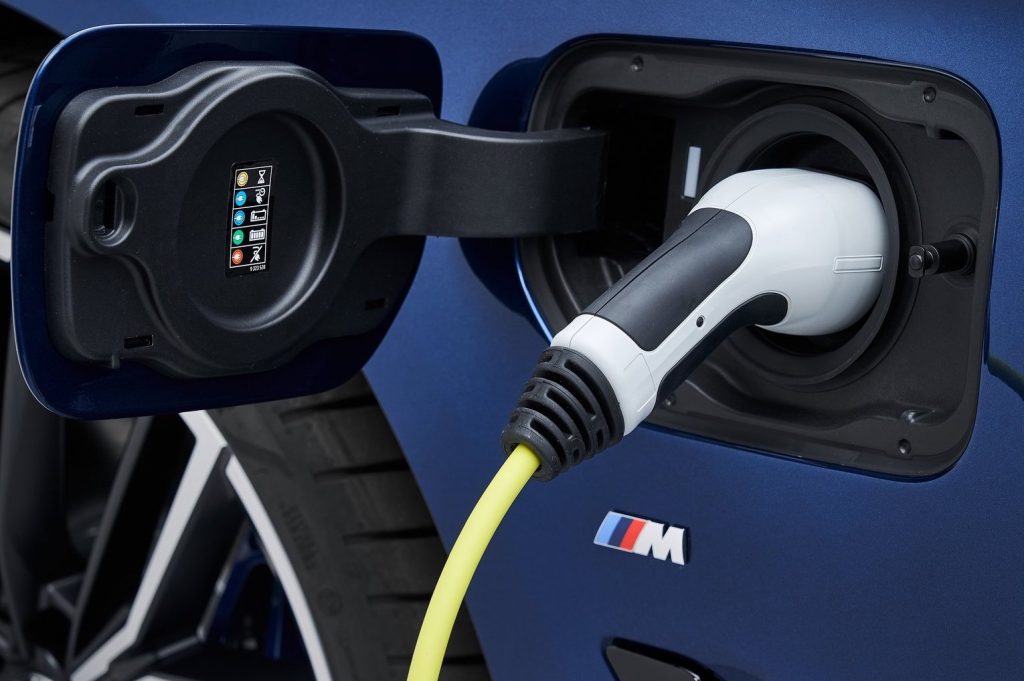
1 in 4 BEVs registered were produced by Volkswagen
The impressive growth for EVs was partially driven by Volkswagen Group, Europe’s largest car manufacturer. While Tesla saw significant growth in 2019 – thanks to the Tesla Model 3 – Volkswagen cemented their position in the race for electrification last year.
The Volkswagen ID.3 soon became Europe’s second best-selling car in December 2020, and Volkswagen saw a range of success from varying models including the Porsche Taycan, Audi E-Tron, and Seat Mii/Volkswagen Up/Skoda Citigo.
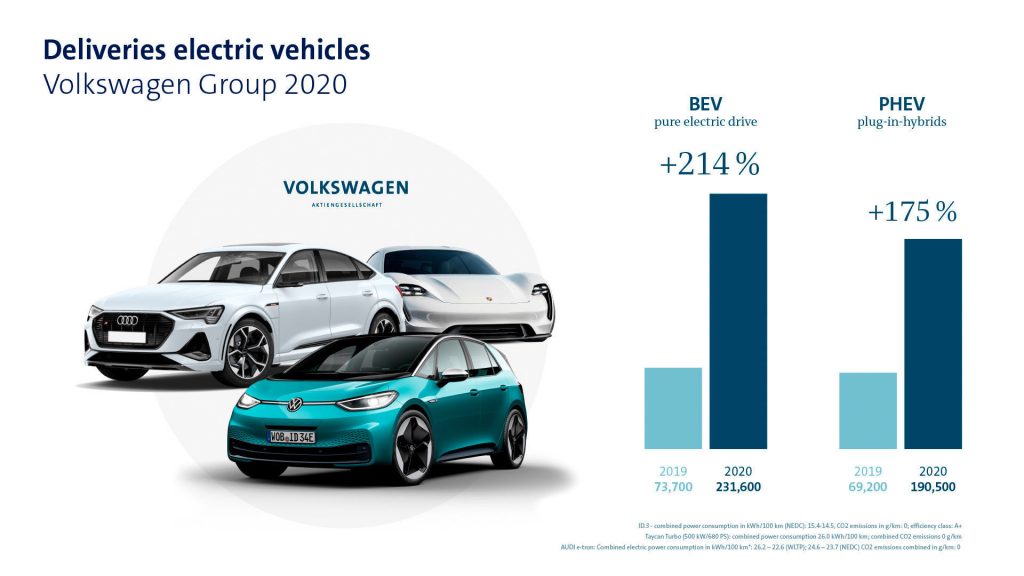
These models helped Volkswagen to grow its market share within the BEV market to 25.2% in 2020 – almost double Tesla’s share which dropped from 31% in 2019 to 13.3% in 2020. In fact, despite holding first place in 2019, Tesla now occupies third position, currently outsold by the Renault-Nissan alliance.
The results by model also showed a significant change in the rankings last year. The Tesla Model 3 lost its crown, succeeded by the Renault Zoe which registered 99,300 units compared to the Tesla Model 3’s 85,700 units. The recently launched Volkswagen ID.3 took third position – a new model which is likely to outperform in 2021.
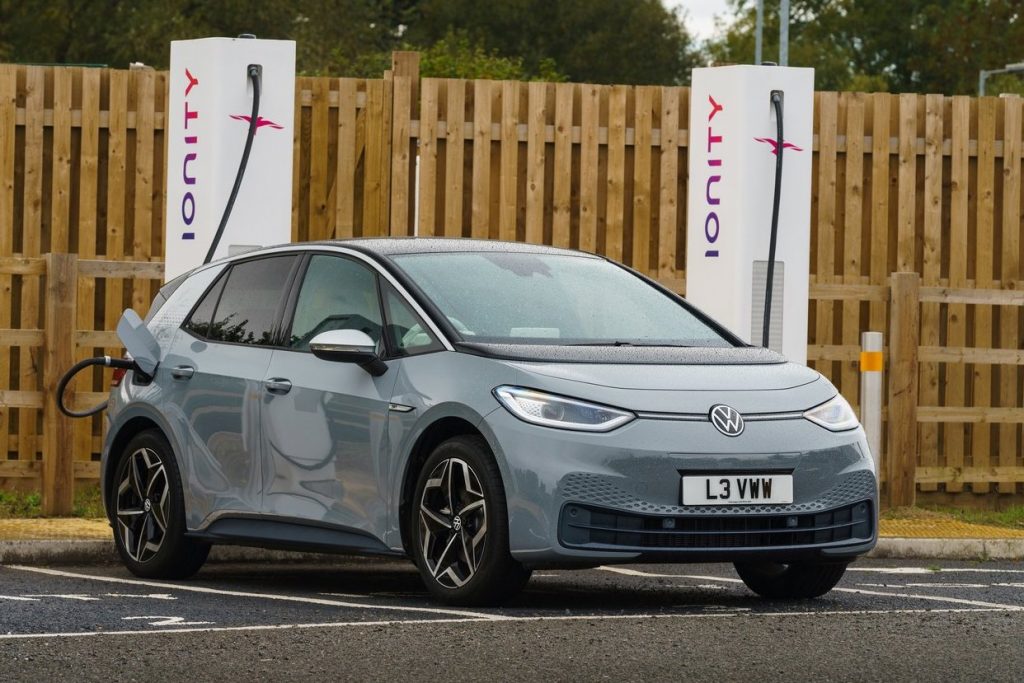
Mercedes leads among the PHEVs
Plug-in hybrid registrations in Europe have, historically, been led by the Mitsubishi Outlander. It was the first model to offer this hybrid solution and remained to be the leading example until 2020. Mercedes now occupies this position due to the success of their PHEV A-Class, E-Class and SUVs. In 2020, Mercedes held an 18% share of the PHEV market.
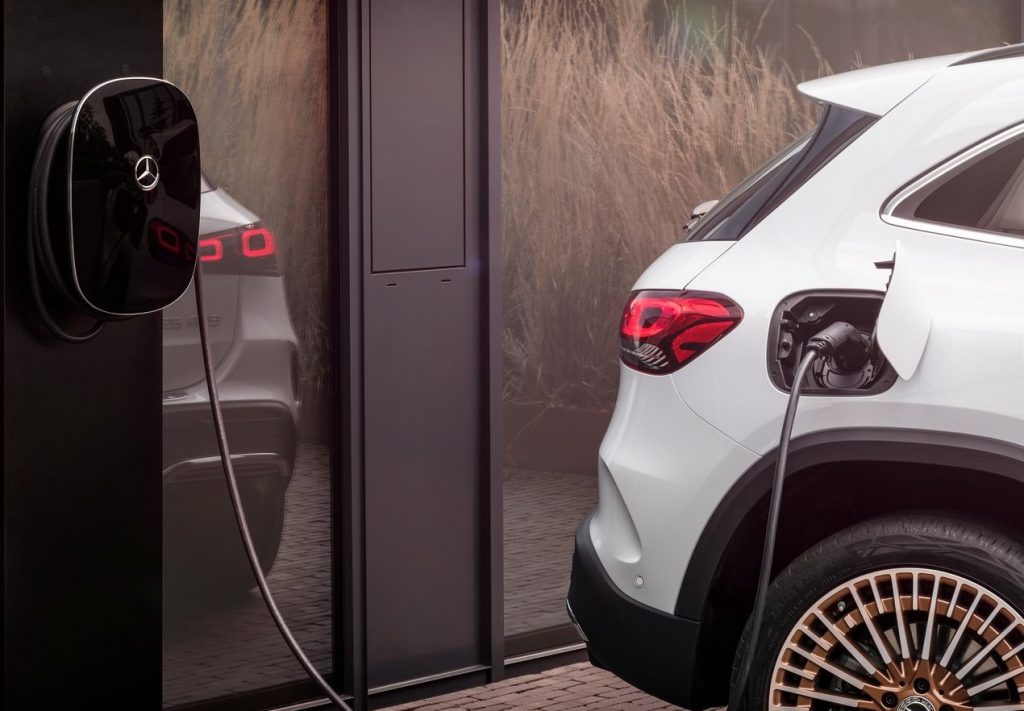
Markets included: Austria, Belgium, Croatia, Czech Republic, Denmark, Finland, France, Germany, Greece, Hungary, Ireland, Italy, Netherlands, Norway, Poland, Portugal, Romania, Slovakia, Slovenia, Spain, Sweden, Switzerland, United Kingdom.




